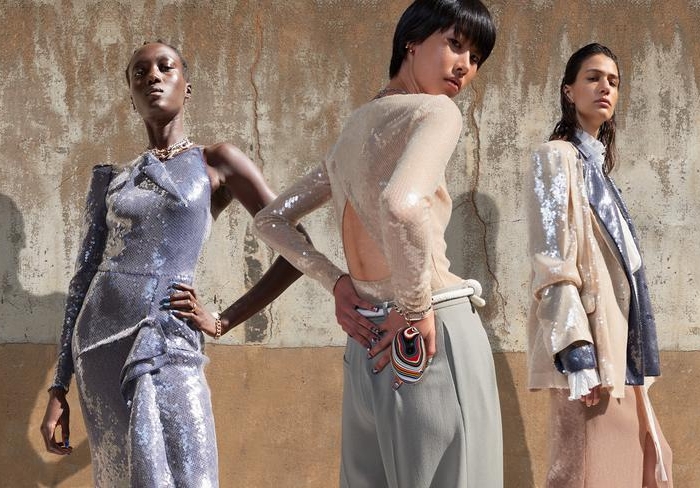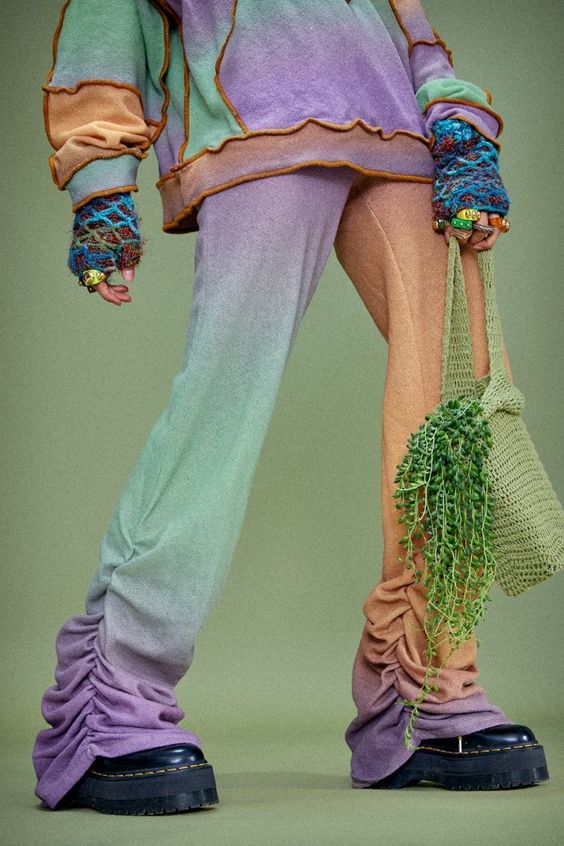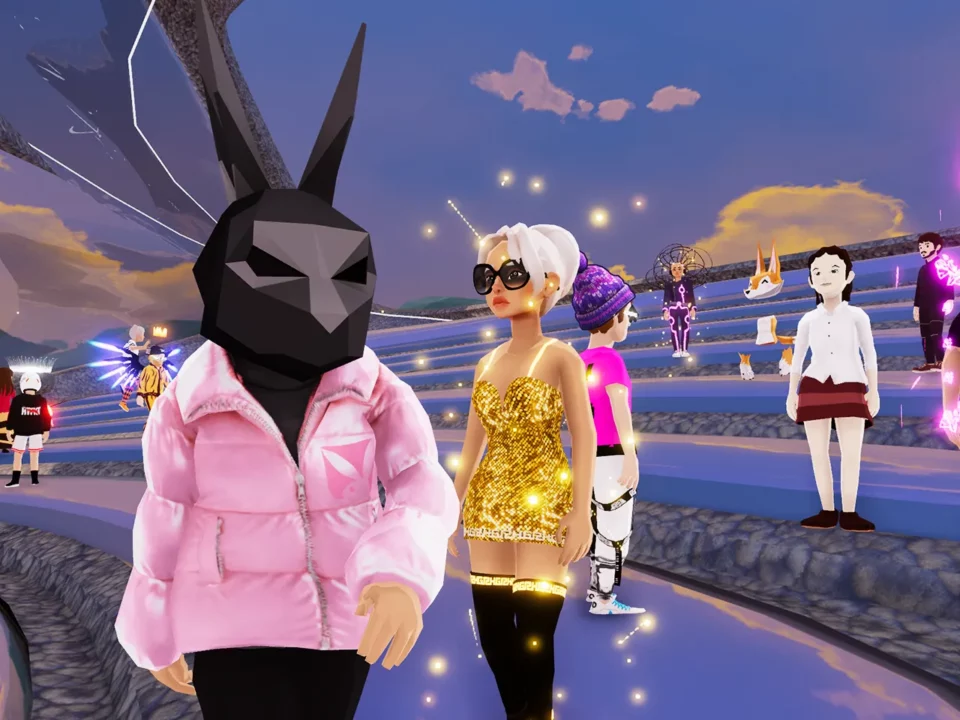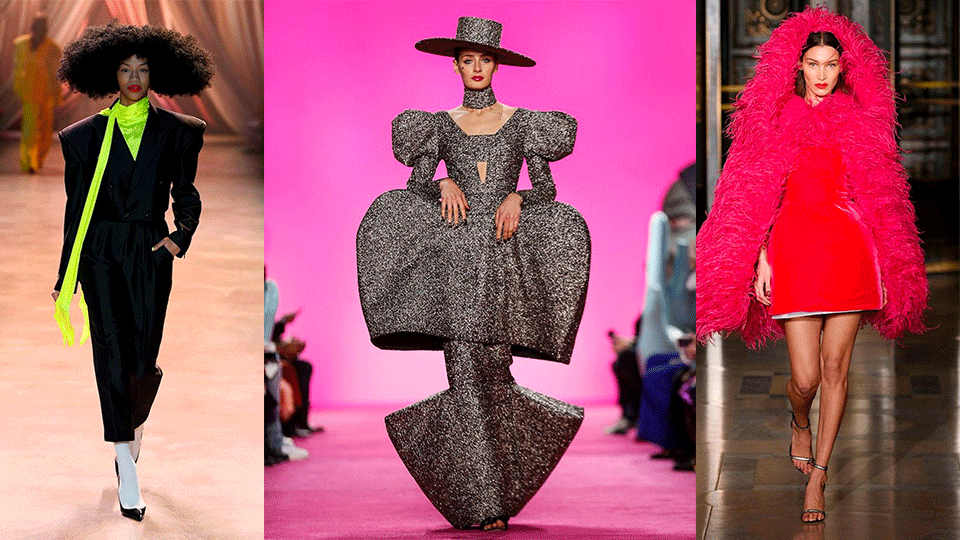- À New Wave to Fashion, À New Way of Living. Download Now on iOS Android Canada SS22
- hello@alahausse.ca
The Upcoming market of Customizable Fashion for 21st century shoppers
Say Goodbye to Sore Feet and Hello to Thesis Couture’s Stiletto Solution
August 14, 2021
Wearable Solar energy: Providing Function in Fashion
August 14, 2021
Written by Dante Lusson
Have you ever wished you could design your own wardrobe but then you realize you don’t own a sewing machine or even know how to sew? First let me say that you are not alone, and second I just might have the solution for you. Customizable fashion has always been around but it has really taken off this past year, and now anyone can design their own Nikes or Ralph Lauren Polo (experience not required).
The Rise of DIY
So what is it about this past year that made customizable fashion so popular? Of course the global pandemic had something to do with this. People were going a little insane being stuck at home and not being able to shop in person, and many took advantage of this time to learn new hands on skills such as crochet or embroidery. A big shift was when people began to make their own masks and sell them on platforms like Etsy. And then, with the influence of social media and platforms such as tiktok, the result was a giant community of people sharing and creating their own fashion on a global scale. If you want to know how to crochet a top made out of plastic bags or a hat for your cat you can just look it up on Tiktok. At the start of the pandemic the big trend was to tie dye your own pieces and right now it’s making your own jewelry. And if you still don’t feel creative enough to do that then fret not because brands have also realized the potential of customizable fashion.
Relationships Goals
Giving consumers the opportunity to be a part of the creative process of their garment is a way for brands to create a bond that will hopefully result in customer loyalty You aren’t just picking something off a website anymore and settling for the only colour and design available because now you’re the designer and you get to choose the colour, and the length, and even add your initials for that personal touch. This is a way for brands to offer one of a kind pieces to their customers without the price tag of one. And again, by making the consumer a part of the process brands are ensuring a positive experience for all parties involved.

Make your own Levi’s
Brands like Levi’s offer made-to-order jeans and they promise that “you’ll be fully immersed in a one-on-one design experience”. You get a private consultation with a tailor who will walk you through the entire garment making process and then you get a fitting to ensure you are going home with jeans that will hopefully last a lifetime. And we are not unfamiliar with the made to order business model, but unfortunately it has been replaced with the ready to wear model which relies on being able to make a thousand of the exact same piece. If we begin to re-normalize this model of fashion (keyword slow) the entire fashion industry would shift, making customizable fashion more accessible for everyone.

Fashion Futures
With the popularization of technologies in fashion customizable apparel is forecasted to claim anywhere from 10 to 30 percent of the fashion market by 2030. The industry could go a number of different ways and Deloite Digital provides four possible scenarios for fashion in 2030.
- The first is just a continued trajectory of what we are already doing in the industry.
- The second scenario favours one-of-a-kind pieces and a made-to-order business model.
- The third scenario is widespread usage options where alternative commerce models would lead the industry.
- And the fourth scenario would see the rise of product customization and alternative forms of fashion such as rental services.
- Scenario two and four have a heavy focus on customizable fashion and are the most sustainable options.
The Duality of Customizable Fashion
Customizable fashion can be categorized as slow fashion. If you are getting something unique just for you, it would be difficult to return or resell the piece therefore you are going to put more thought into the purchase. It’s much more difficult to get rid of a handmade piece that you have grown attached to than a ten-dollar Zara top that you wore once. Many of us lack the understanding of the work that goes into creating a single garment and by taking part in the creative process we are provided with a better understanding. The first time I tried to crochet it took me almost three hours to figure out how to do a single chain and I was watching in awe as I saw girls on tiktok make entire dresses with matching purses. This new appreciation can really shift how we understand fashion as we relearn how to embrace quality over quantity.

Via ÀLA.HAUSSE‘s Multi-functional and Multi-purposeful Fashion Ecosystem- BUY/SELL/RENT/LEND/ (swap BETA 2021) mobile application, INDIVIDUALS & brands ( BETA 2021) are encouraged to REBUY, RESELL, REUSE and UP-CYCLE their personal “Clossets” aka Clothing Assets, along with overstock inventory and samples. Through this consumerism habit shift we indirectly slow down the urgency on fashion’s carbon footprint, aiding sustainability as a whole.
BETA Early Access Application Now Open for CA Fashion Lovers: Apply Now for LAST CALL
with Stories on www.alahausse.ca
#ALAHAUSSE #WEARYOURPURPOSE #HAUSSEPEOPLE







